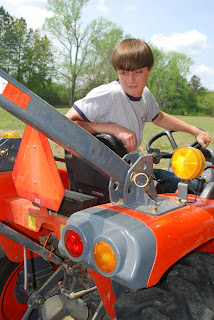Dear Smith Lake Advocates:
We will be having our Spring Clean Up this year Friday May 3
and Saturday May 4 from 8:30 to 12:00 noon. In lieu of an actual lake
clean up we will be cleaning roadsides and ditches of trash
that eventually finds its way into the lake. We will meet at the
Mexican restaurant at 8:30 each morning assess how many volunteers we have and
then go from there. Areas to be cleaned are both sides of Swayback Bridge,
Brushy Creek Bridge, approaches to Duncan Bridge, Bailey Bridge and anything
else we have time and volunteers for. Bring snacks, drinks, and
wear suitable footwear. We will provide bags. See you there! If
you have any questions call me at home 256-747-2109 or cell 256 -531-5143.
David Brown
President
WCSLA INC



